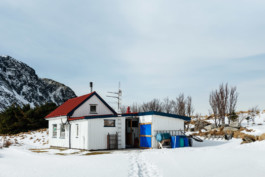
A remote Home
Norway, 2022
In the high, windswept North, the Atlantic Ocean crashes against the rugged coastline of Norway’s outer islands. Life here is shaped by a harsh and unpredictable climate — with long, bitter winters where darkness lingers for months, and brief, cool summers illuminated by the midnight sun.
The few people who inhabit these remote islands have made a conscious choice: to leave behind the conveniences of modern, urban life and return to a more isolated, self-reliant existence.
Since 1982, 78-year-old Asbjørn has lived alone on the island of Grøtøya. He first discovered the island at the age of 17 while on a kayak trip. Over time, he decided to turn his back on society and settle there permanently. To this day, his brother visits by boat only four times a year to bring food supplies.
Otherwise, Asbjørn is completely on his own. On stormy days, he may remain in his cabin for weeks, reading books or watching the rhythm of the sea, the clouds, and the steep mountain slopes through his binoculars.
A farming family lives on the island of Musvær, continuing a family tradition that dates back to 1832. Nicolai (17) and Alexander (12) care for 164 goats, which must be milked twice a day. On schooldays, a ferry collects the children and takes them to a neighboring island — returning them each evening. The boys know every stone, stalk, and hill on their island as if it were part of their own bodies.
What connects these islanders is a deep, personal bond with the land they call home — a connection to solitude, nature, and tradition that persists in the face of modernity. “A Remote Home” was awarded the SOMFY Photography Award 2022 and exhibited at the Fotomuseum aan het Vrijthof in Maastricht, The Netherlands.


Musvær I, Norway • 2022
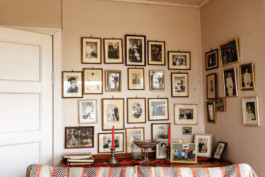
Musvær II, Norway • 2022
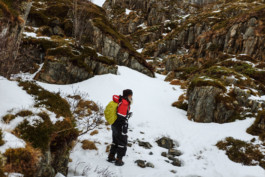
Bjarne on Sandøya, Norway • 2022

Grøtøya I, Norway • 2022

Sandøya I, Norway • 2022
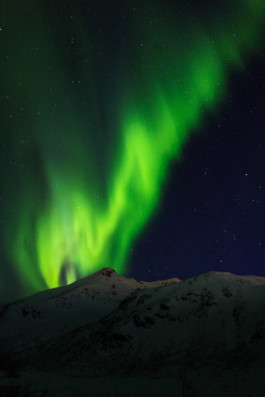
Storsteinnestindan, Kvaløya, Norway • 2022
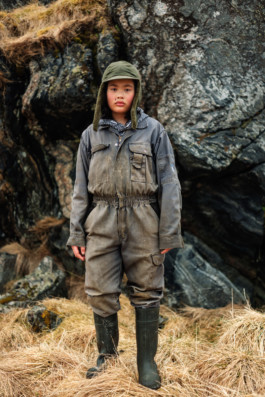
Alexander on Musvær, Norway • 2022

Grøtøya II, Norway • 2022

A remote Home
Norway, 2022
In the high, windswept North, the Atlantic Ocean crashes against the rugged coastline of Norway’s outer islands. Life here is shaped by a harsh and unpredictable climate — with long, bitter winters where darkness lingers for months, and brief, cool summers illuminated by the midnight sun.
The few people who inhabit these remote islands have made a conscious choice: to leave behind the conveniences of modern, urban life and return to a more isolated, self-reliant existence.
Since 1982, 78-year-old Asbjørn has lived alone on the island of Grøtøya. He first discovered the island at the age of 17 while on a kayak trip. Over time, he decided to turn his back on society and settle there permanently. To this day, his brother visits by boat only four times a year to bring food supplies.
Otherwise, Asbjørn is completely on his own. On stormy days, he may remain in his cabin for weeks, reading books or watching the rhythm of the sea, the clouds, and the steep mountain slopes through his binoculars.
A farming family lives on the island of Musvær, continuing a family tradition that dates back to 1832. Nicolai (17) and Alexander (12) care for 164 goats, which must be milked twice a day. On schooldays, a ferry collects the children and takes them to a neighboring island — returning them each evening. The boys know every stone, stalk, and hill on their island as if it were part of their own bodies.
What connects these islanders is a deep, personal bond with the land they call home — a connection to solitude, nature, and tradition that persists in the face of modernity. “A Remote Home” was awarded the SOMFY Photography Award 2022 and exhibited at the Fotomuseum aan het Vrijthof in Maastricht, The Netherlands.


Musvær I, Norway • 2022

Musvær II, Norway • 2022

Bjarne on Sandøya, Norway • 2022

Grøtøya I, Norway • 2022

Sandøya I, Norway • 2022

Storsteinnestindan, Kvaløya, Norway • 2022

Alexander on Musvær, Norway • 2022

Grøtøya II, Norway • 2022